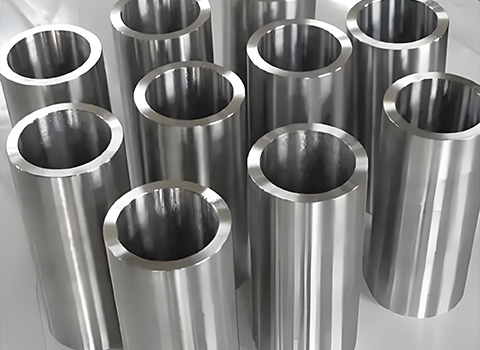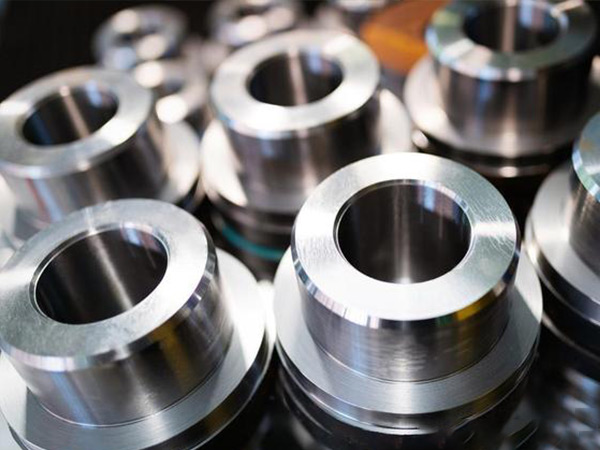The wrought superalloy market is experiencing dynamic changes in pricing due to various factors, including raw material costs, supply chain adjustments, and evolving industrial demand. These high-performance alloys, known for their exceptional strength and resistance to extreme environments, are critical in aerospace, power generation, and other high-temperature applications. This article explores the key trends influencing wrought superalloy pricing and their implications for manufacturers and end-users.

1. Fluctuations in Raw Material Costs
One of the most significant factors affecting wrought superalloy prices is the volatility in the cost of key raw materials, such as nickel, cobalt, and chromium. These metals are essential for producing superalloys, and their market prices are influenced by geopolitical factors, mining output, and trade policies.
Nickel Price Volatility: Nickel, a primary component in many superalloys, has seen price swings due to supply disruptions and shifts in demand from the electric vehicle sector.
Cobalt Market Dynamics: Cobalt prices have been affected by changes in mining regulations in major producing countries, impacting overall superalloy production costs.
2. Supply Chain and Manufacturing Adjustments
Global supply chain disruptions have led to longer lead times and increased logistics costs, contributing to higher prices for wrought superalloys. Manufacturers are reassessing their supply strategies, including:
Diversification of Suppliers: Companies are sourcing raw materials from multiple regions to mitigate risks.
Inventory Management: Some firms are increasing stockpiles to buffer against future supply shortages.
3. Growing Demand from Aerospace and Energy Sectors
The aerospace industry remains a major driver of wrought superalloy demand, particularly for jet engine components. Additionally, the power generation sector, including gas turbines, continues to require high-performance alloys.
Aircraft Production Recovery: Post-pandemic recovery in aviation has boosted demand for superalloys.
Energy Sector Expansion: Increased investment in gas turbines for power plants supports steady demand.
4. Technological Advancements and Cost Efficiency
Innovations in alloy production and processing techniques are helping manufacturers optimize costs. Advances in additive manufacturing and precision casting are reducing waste and improving efficiency, which may help stabilize long-term pricing.
5. Regional Pricing Variations
Different regions exhibit varying price trends due to local supply conditions, trade tariffs, and transportation costs.
North America and Europe: Higher production costs but stable demand from aerospace.
Asia-Pacific: Growing domestic production capabilities may lead to more competitive pricing.

Conclusion
The pricing of wrought superalloys is shaped by raw material costs, supply chain dynamics, and sustained industrial demand. While short-term fluctuations are expected, long-term trends suggest continued growth in key applications. Manufacturers and buyers should monitor these developments to make informed procurement and pricing strategies.
By understanding these emerging trends, stakeholders can better navigate the evolving wrought superalloy market.